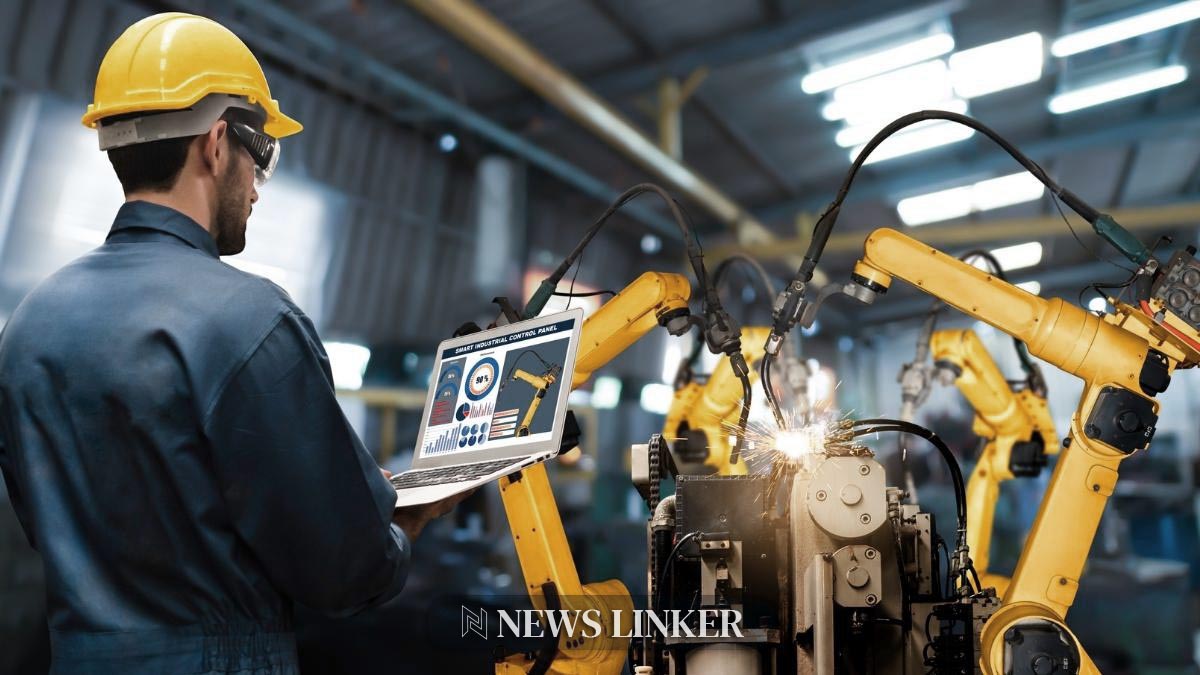The American apparel industry is on the verge of a major shift as robotics and automation emerge as the driving forces behind the reshoring of a sector long lost to overseas competitors. This movement is not only a response to the challenges faced during the COVID-19 pandemic, particularly in the production of personal protective equipment (PPE), but also a solution to the security risks posed by overseas manufacturing dependencies.
For decades, the global apparel industry has been marked by the outsourcing of manufacturing jobs to countries with lower labor costs. This trend has resulted in significant economic shifts, altering the landscape of job opportunities and affecting the strategic independence of nations in critical sectors. The pursuit of automation in this industry has been a consistent theme, with early attempts facing hurdles such as the difficulty in handling flexible materials with robots. However, recent advancements have begun to address these challenges and pave the way for reshoring.
Breaking Barriers with Robotic Garment Assembly
Pioneering efforts by the ARM Institute and its affiliates, such as Siemens Technology, have spearheaded projects aimed at automating intricate tasks in garment manufacturing. These projects have developed technologies enabling robots to handle and assemble fabric pieces, which were previously challenging due to their pliable nature. Key innovations include the application of a water-soluble thermoplastic polymer that temporarily stiffens fabrics, aiding robotic handling and assembly, and leveraging the Robot Operating System (ROS) for synchronized operation with traditional sewing machines.
Success Spurs Additional ARM Institute Projects
The achievements of the Robotic Assembly of Garments Project led to a cascade of additional ARM Institute projects, further demonstrating the potential of robotics in apparel manufacturing. These advancements have led to the development of robotic sewing systems for tasks such as “Bot Couture,” customized mask assembly, rapid PPE production, and automated hemming. Collaboration with entities like the NIST and the Manufacturing USA Institute AFFOA has also facilitated the scaling of these technologies, including the innovative concept of deploying robotic production in shipping containers for on-demand PPE manufacture.
In related news, according to an article by Engineering.com titled “How Robots Are Revolutionizing the Fashion Industry,” researchers are experimenting with advanced robotic systems to produce intricate designs in fashion. These innovations are leading to a more sustainable and efficient production process within the fashion industry. Similarly, the National Science Foundation funded a project reported by ScienceDaily, “Robots that sew and cut fabric could save struggling clothing manufacturers,” which discusses the development of robots that automate cutting and sewing, aiming to bring textile manufacturing back to the United States. These articles reflect the broader trend towards automation in the textile industry and highlight the increasing role of robotics in reshoring manufacturing.
Momentum for Apparel Automation Continues
The successful integration of robotics in the apparel manufacturing process has opened the door to reshoring the industry, which is expected to introduce new job roles that center around operating and planning robotics integration. This shift promises a brighter future for the American workforce, with safer, more engaging, and higher-paying positions. The ARM Institute aims to leverage these technological breakthroughs to foster collaboration between industry, government, and academia, ensuring sustained progress and benefits for the U.S. economy.
Information of use to the reader:
- Robotics enable handling of pliable materials in apparel manufacturing.
- Robotic systems are creating new job opportunities in the US.
- Advances in robotics can help restore strategic manufacturing independence.
The resurgence of the American apparel industry hinges on the continued development and integration of robotic technology, with the ARM Institute championing a variety of projects dedicated to this cause. As the nation moves towards reshoring manufacturing, the embrace of automation offers a dual advantage: revitalizing a critical economic sector and bolstering national security by mitigating reliance on foreign PPE supply chains. Furthermore, the introduction of robotics is set to transform the nature of manufacturing jobs, offering safer and more rewarding opportunities for American workers and fostering a new era of sustainable and efficient domestic production.










